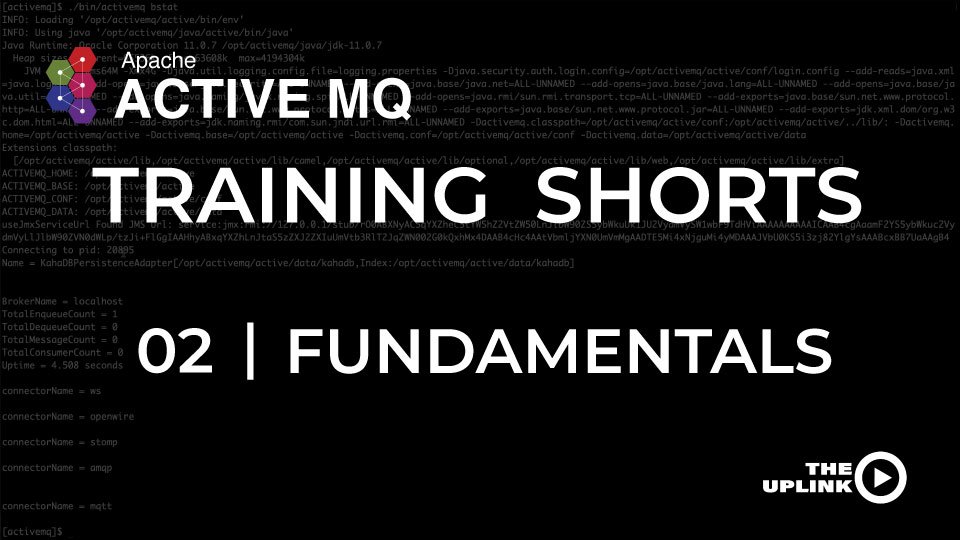
ActiveMQ Training Shorts - Fundamentals
Apache ActiveMQ, a mature and open-source message broker, supports a range of protocols including JMS, MQTT, STOMP, and AMPQ, with updates to JMS 3.1 and 2.0 in its latest versions. Offering multi-protocol and multi-language capabilities, along with scalable deployment options such as standalone, clustered, and primary failover brokers, ActiveMQ is designed for extensive adaptability and DevOps benefits in application development. Matt Pavlovich from HYTE Technologies, a key contributor to ActiveMQ, highlights its ease of integration testing within application code, ensuring reliable end-to-end messaging testing for app development teams.
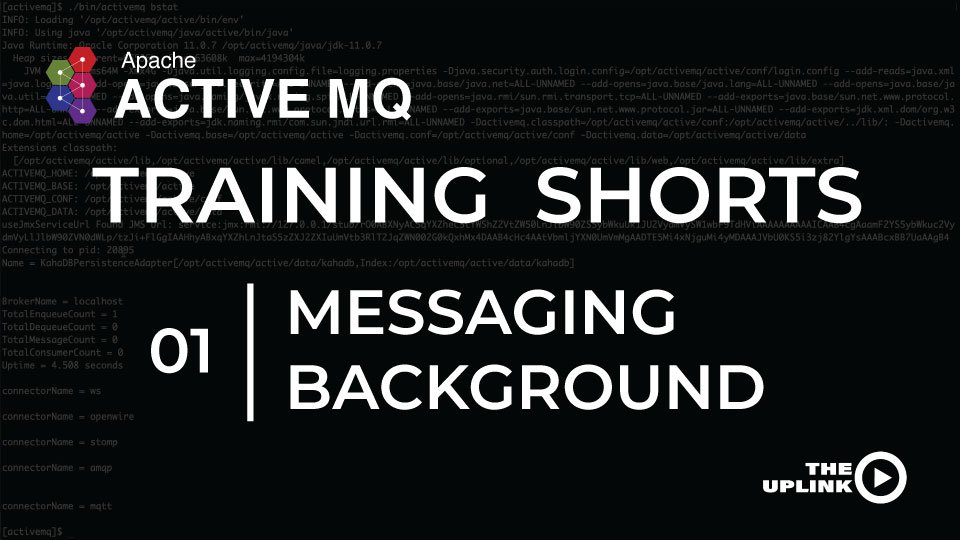
ActiveMQ Training Shorts - Messaging Background
Digital transformation centers on swiftly adjusting business functions to match fluctuating market scenarios and prospects by rapidly integrating and modifying business applications. Event-driven architecture facilitates this by allowing organizational and system decoupling, utilizing events to announce data changes or actions, providing design and runtime operational resilience, complementing API architecture which excels in read, search, and query use-cases.
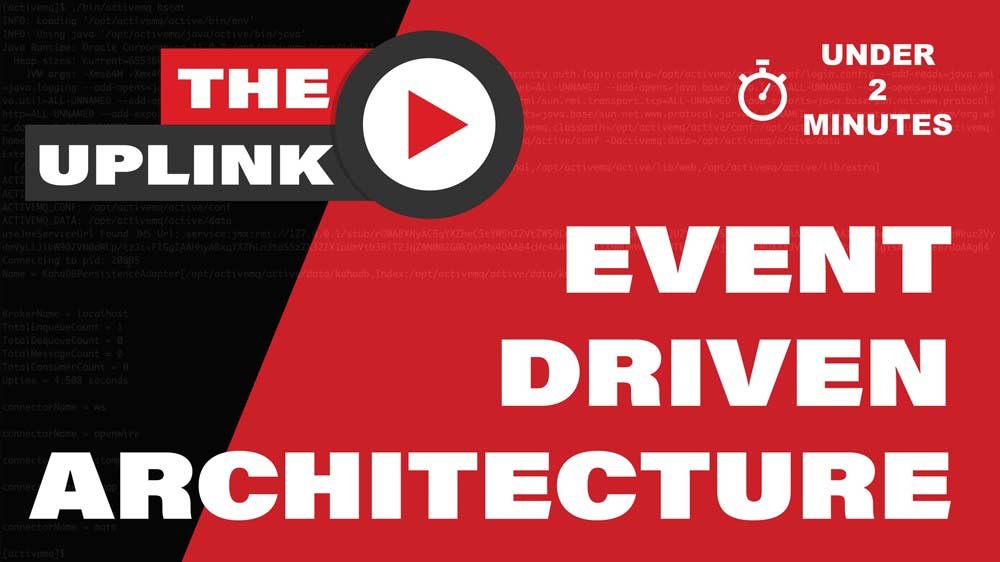
What is Event Driven Architecture?
Event-driven architecture is a software design pattern focused on facilitating digital transformation by enabling organizations to swiftly adapt to changing market conditions through decoupling of organizational and system components, and utilizing events to signal data changes or actions. It complements API architecture by providing design and runtime resilience, where it is especially useful in scenarios involving data creation, modifications, or process executions, thus enhancing system adaptability and operational efficiency.
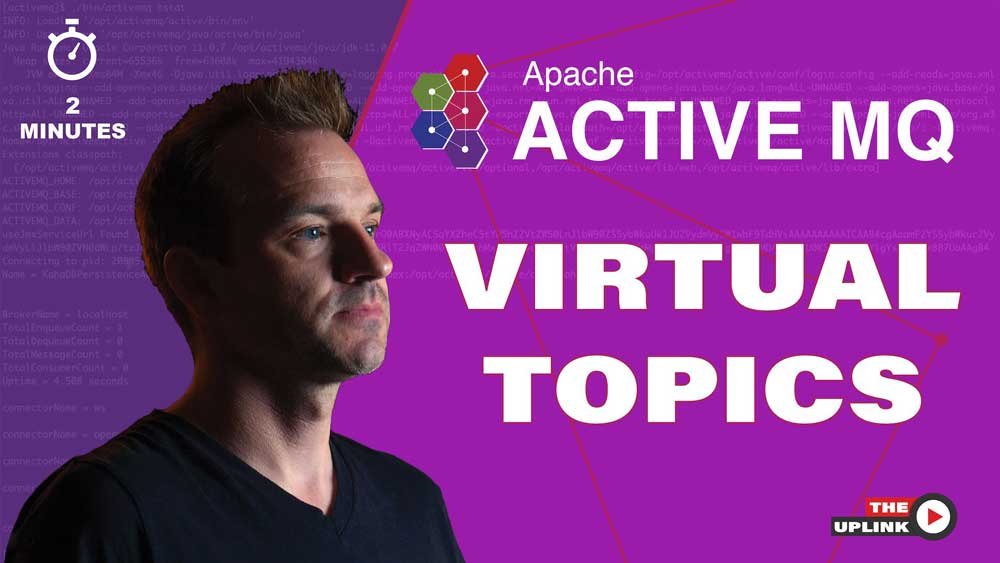
The Benefits of Apache ActiveMQ Virtual Topics
Matt discusses the advantages of using virtual topics in ActiveMQ, particularly in multi-server environments. He highlights that virtual topics enable architecture changes without requiring code modifications, allowing DevOps to handle scaling, high availability, and fault tolerance independently of programmers. ActiveMQ's implementation of virtual topics is straightforward, providing a simple, versatile solution that works across various protocols and languages, enhancing application reliability.
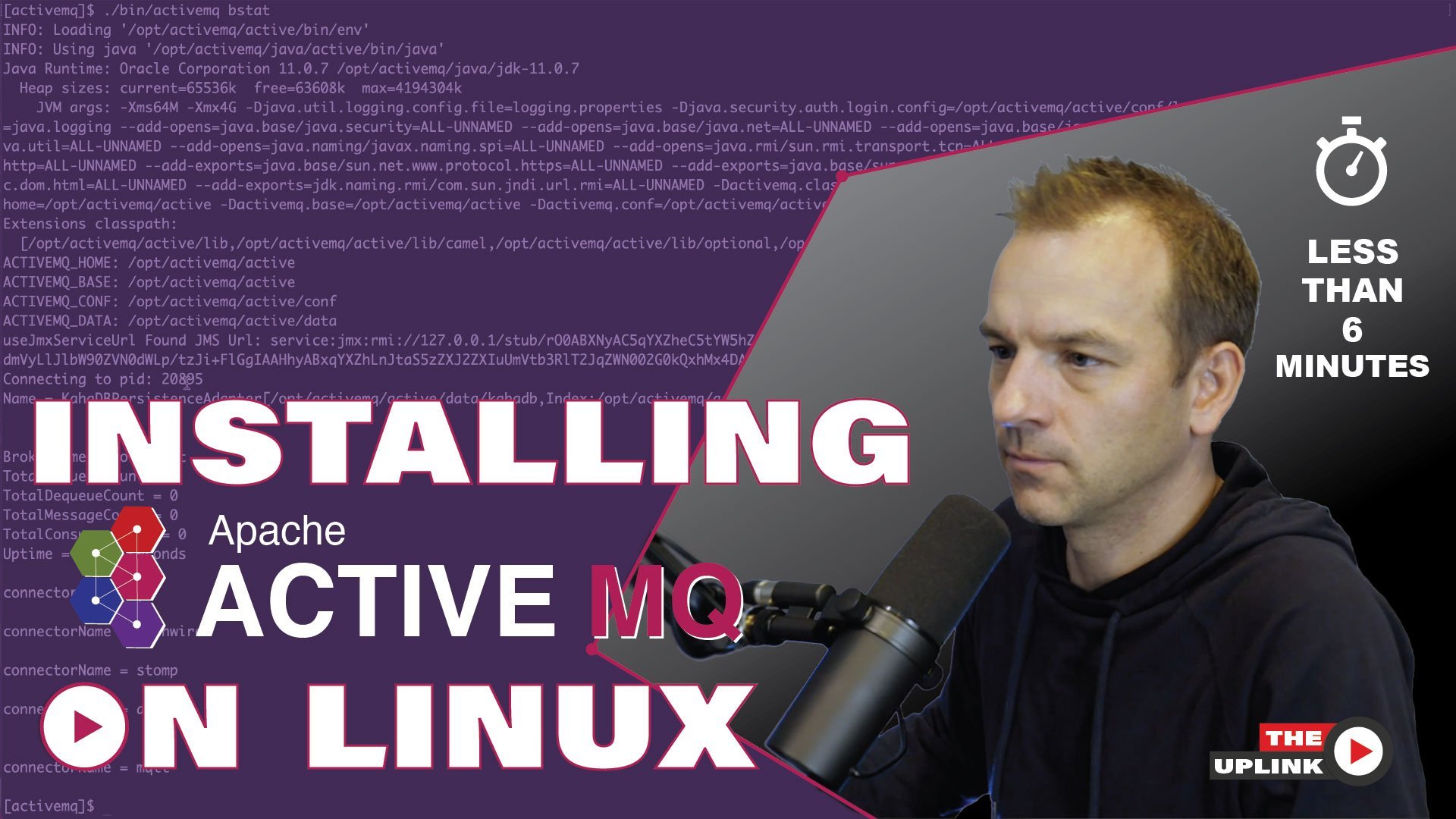
Apache ActiveMQ Installation on Linux
Matt explains how Apache ActiveMQ is installed on a Linux server. He uses a download script to pull ActiveMQ from Maven Central, starts and stops ActiveMQ, tunes settings like memory usage, enables JMX with authentication, and secures the JMX password file. He finishes by testing the system sending and receiving 1000 messages, validating the queue's status and ensuring successful dequeuing.
